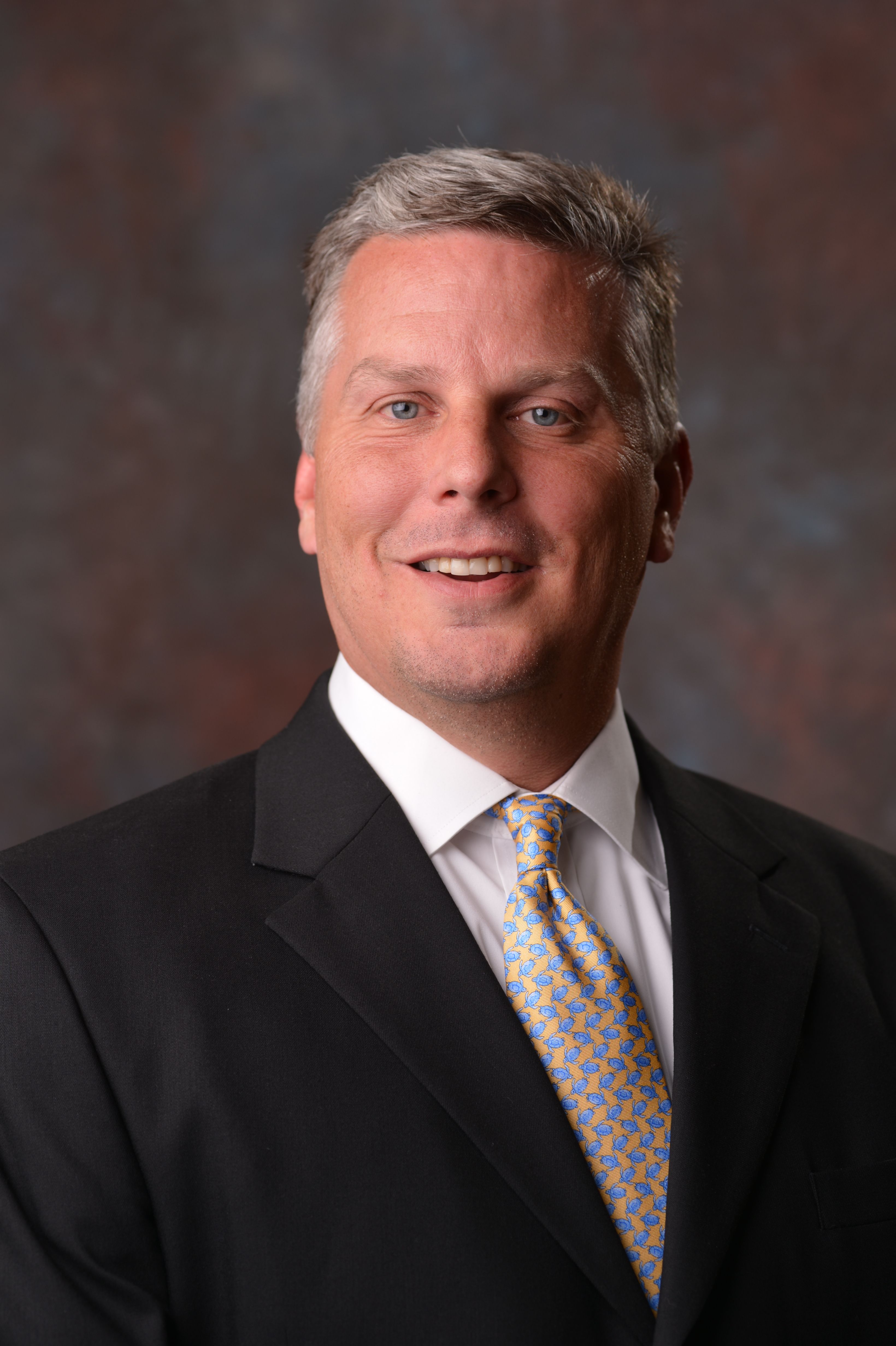With COVID-19 hurting dental practices, more are looking to sell
After the COVID-19 disruption, some practice owners are having difficulty seeing a profitable practice in their future.
© thodonal/Adobe Stock

Pete Newcomb, CEO US Dental Transitions

The COVID-19 pandemic has been a disruptor for countless industries across the world, and dental practices have hardly been spared. The effects of the pandemic have led dentists to alter their practices. Many had to temporarily close at the height of COVID-19, and some haven’t reopened.
Running a dental practice now requires figuring out social distancing requirements, retrofitting spaces for special equipment, navigating the Paycheck Protection Program, and making tough staffing decisions.
For some dentists, it’s hard to look at where their practice is now and see a fruitful future. At US Dental Transitions, we have seen an uptick from dentists interested in selling their practices. All options are on the table amidst a questionable future.
COVID-19 Alters Trends, Projections
Although a study by the British Dental Journal showed that dentists felt a moral duty to reduce routine care for fear of spreading COVID-19 among their patients, they were also very concerned about the financial consequences.
In the U.S., the American Dental Association’s (ADA) Health Policy Institute has conducted biweekly surveys in order to quantify the magnitude of COVID-19’s economic impact on dental practices over time. The ADA provides an updated dashboard where survey findings are organized, including trends on how dentists respond to key questions surrounding the current status, patient volume, and collections of their practice.
According to the ADA data, COVID-19’s impact on the dental care sector was financially devastating in April and May. By the end of July, most dental practices in the U.S. were reopened, but 54% of those practices reported seeing a lower patient volume than usual.
The ADA has outlined various scenarios forecasting the economic future of the dental sector. The underlying economic recovery of dentistry is expected to be gradual, with the most optimistic of scenarios anticipating early 2021 before dental care spending returns to baseline. On the other hand, other ADA models forecast a return to normal revenue after 2022.
Practices that remained idle longer during the pandemic are up against heavier financial challenges including overhead costs, retaining vital staff, and maintaining relationships with patients.
Summer 2020 Sentiment
In a June survey, the Health Policy Institute asked dentists whose practices were still closed or only open for emergencies, if they expected their dental practice to reopen for elective care by the beginning of July. While 69% of respondents said yes, 19% were not sure, and 12% said no.
Among those who were unsure or not planning to reopen in the month of June, a follow-up question asked those dentists about their future intentions over the next six months. Of all applicable options, the Health Policy Institute found nearly 30% of dentists were considering getting out of the industry.
That checks out with our own data, as we have received an uptick of inquiries during the pandemic from dentists exploring their options.
Considering Selling? A Look at Valuation Methods
With no shortage of buyers, now is a good time to get a valuation of your practice to see what it might be worth. There are three valuation methods that may fit your needs:
1. Net Asset
The net asset method is based on an appraisal of all tangible assets like real estate, technology and equipment, and furniture, as well as intangible assets (practice goodwill, trademarks, patents, etc.).
The net evaluation method does have its shortcomings, most notably that it’s often a vague and unreliable measurement of the true value of the practice. Not only is it ambiguous and difficult to accurately appraise goodwill, but this method can undervalue much older dental practices that don’t have the most desirable tangible assets.
That being said, the net assets method can be used as a reference point for other valuation methods. It can also be used in special circumstances, usually when a practice is financially compromised or has significant real estate holdings.
2. Market-Based
This method considers the historical collections of the practice with a multiplier that often ranges between 70% and 85%, while also factoring in local market data of other dental practice sales in your area.
This valuation method also has its drawbacks. First, it’s based solely on collections and fails to account for profits. Acquiring comparable practice sales figures in a local area can pose limitations with the market-based method. If a practice is not based in a metropolitan area with several relevant data points available, it can be difficult to make an apples-to-apples comparison with market-based valuation methods.
3. Income-Based
A lot of experienced buyers and sellers commonly use income-based valuation methods to gain a clearer picture of how much a dental practice is worth. After all, the value of any business is largely based on its cash flow, the risk of investment, and the return on investment for the buyer.
This approach, which is determined based on capitalized earnings or discounted cash flows, offers a sound solution to accurately establish the fair market value of most dental offices.
Keep in mind that COVID-19 will have an effect on any valuation, just as it will continue to affect the entire dentistry industry for the immediate future.